For several months now, I have been encouraging you to learn how to embrace your anger.
What does it mean to “embrace your anger?”
When anger arises, you almost always have the urge to launch out at what you conceive to be the cause of your anger.
This only creates more suffering.
A better plan is to hold your anger like you would a five year old child. You embrace it with loving kindness and compassion.
Then your anger will have much less of a hold on you.
According to the Buddha as told by Jules Shuzen Harris, Sensei on the Tricycle website,
…in the Lekha Sutta the Buddha asserts that there are three types of individuals in the world and three ways they manifest anger. First, he refers to the individual who is like an inscription on a rock. His anger stays with him for a long time. It is not effaced by wind or water. Next, the Buddha compares an individual who is often angered, but whose anger does not stay with him for a long time, to an inscription in soil that is effaced by wind or water. Lastly, the Buddha describes a person who is like water. When this individual is spoken to roughly or harshly, he or she remains congenial, companionable, and courteous, just as an inscription in water disappears immediately…
We should learn to be like the water – embrace our anger and let flow out of us like water in the river.
Anger is “habit energy,” to use Thich Nhat Hanh’s term; karmic in its origin, it is deeply engrained and deeply rooted. As Welwood says, we imagine that our thoughts and feelings are an accurate portrayal of reality and therefore justified. If we are to be effective in transmuting our anger into prajna (wisdom), then we must develop an additional measure of psychological insight along with our meditation practice that focuses on the cyclical relationship between thoughts and our body.
Shuzen Harris goes on to say
Mindfully held anger is a step in the right direction. This approach requires that we contain our anger—that we meditatively attend to our anger with an emphasis on neither suppressing it nor acting it out. Being present with our anger enables us to witness the process of it, which includes all three levels of awareness…
Our challenge is to embrace it with mindfulness and genuine caring.
We must become intimate with anger to clear the way to our connectiveness, to our vulnerability and an aliveness to everything. In the end, our anger is transmuted to wisdom, which in turn gives rise to compassion. [Read More…]
So you see, embracing anger is a mindful way of dealing with it. If you would like to learn how to embrace your anger, click on the image below.




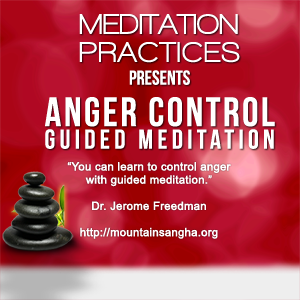
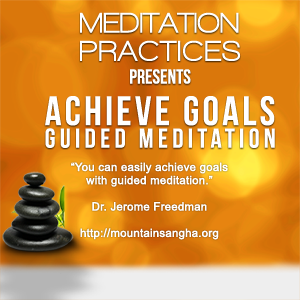

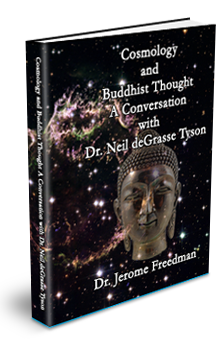
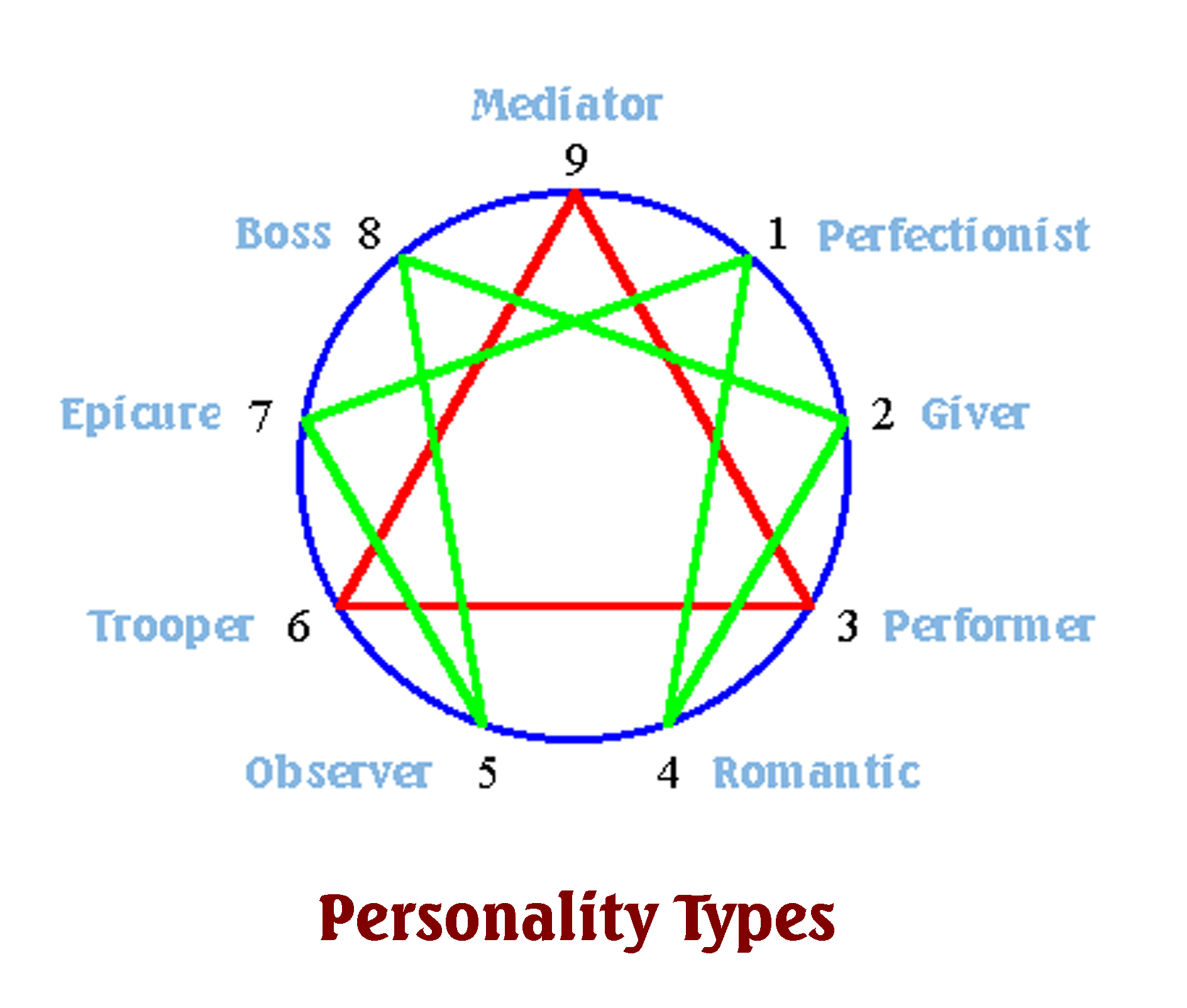
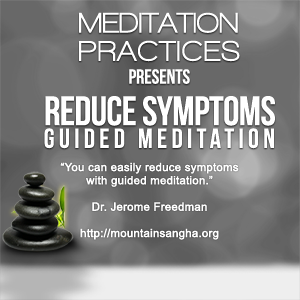
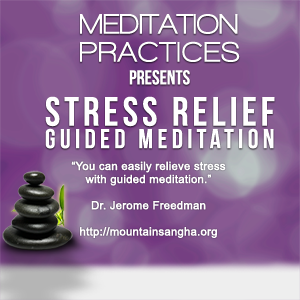
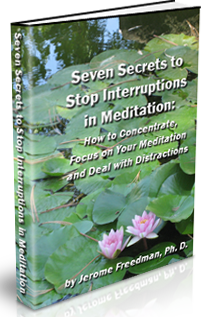



You must be logged in to post a comment.